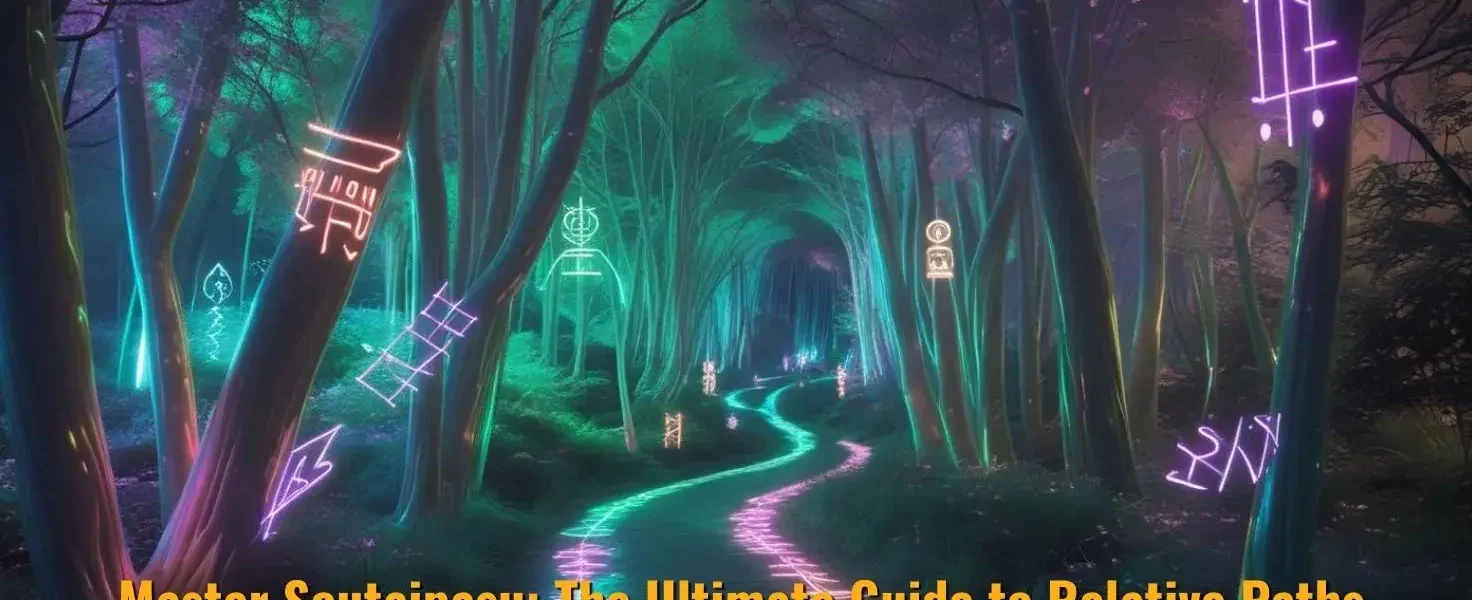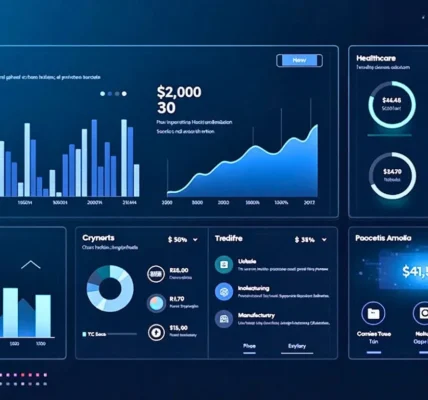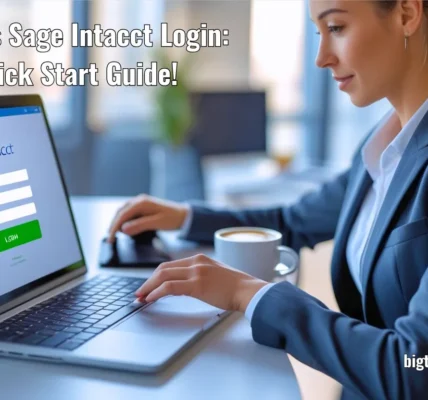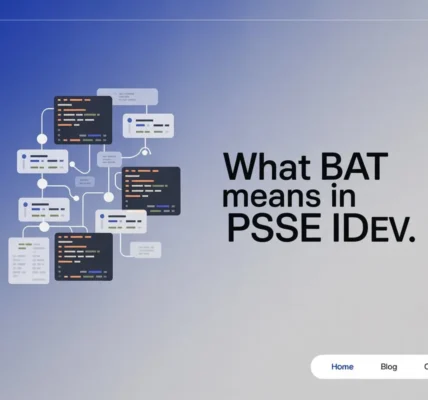Introduction
The Japanese method of utilizing relative paths is Soutaipasu, and it has become your hidden weapon for making flexible yet organized projects.
Ever moved a project folder only to find that all links and file paths are broken? Such a common hassle in coding, wasting so much time.
This guide demystifies Soutaipasu, expounding on what it is and why it is an essential skill for modern developers.
Mastering this won’t only help you to write clean code but also be very useful in collaboration and keeping your work portable and frustration-free.
What Exactly is Soutaipasu? The Core Concept

From lettin’ ya know, “Soutaipasu” (相対パス) is the Japanese term for the words “relative path.” It’s an idea quite elementary in terms of computer understanding. It defines the location of a file for the file you are currently in. It is very different from Zettaipasu (絶対パス), or absolute paths, which give a complete fixed address from the root of the file system..
- Zettaipasu is like giving a complete street address. For example: C:\Users\John\Documents\project\index.html.
- Soutaipasu is like giving directions from your current spot: “Go to the shop two doors down.”
This distinction allows for versatile projects that still function post-move or post-share.
Why You Need Soutaipasu: The Benefits of Mastering Relative Paths
Soutaipasu not only strengthens but also improves the whole process of working together in a better way: It is now developing the core understanding on which to see why many developers consider it an indispensable skill in one’s career. Very well, what do you scoff at relative paths? Here are the main benefits that present this method as a game-changer:
- Enhanced Portability: The flexibility of the project allows it to be moved anywhere without disrupting its functionality. You could zip it and send it to a friend, and it will work there. That’s helpful because it saves you the time of modifying file paths..
- Improved Collaboration: Regardless of how a project is set up on collaborators’ computers, it is easy to work on a project. Relative paths stay the same for the whole team, no matter where the project folder is stored on an individual’s PC. It makes things easy and smooth.
- Increased Readability: Short relative paths help to clean the code and enhance readability. For instance, just referring to the image using ../assets/image.png gives a direct view of where the image is. This clarity with which one maintains the project eventually pays off in error prevention..
By and large, Soutaipasu is the path toward the road that leads to efficiency in the development process. He even saves you from trapping yourself in the all-too-familiar trap of rigid file management.
A Practical Guide: How to Use Soutaipasu in Action
So now you’re probably thinking of tapping into this knowledge? Using Soutaipasu is pretty straightforward. Actually, it only requires you to know two commands: ./ and ../. Here, well, we will take some examples.
- The Current Directory: This command, on the other hand, points to the folder that you are currently in. Generally, it is assumed to be present. For example, when the files index.html and image.jpg occur in the same folder, you can refer to the image implicitly using <img src=”./image.jpg”>.
Moving Up: This command simply tells the computer, “go up one level.” This is particularly useful when linking to shared resources or assets outside of your current folder. For instance, if your HTML file is housed under the pages directory and you would like to link to a CSS file from the parent folder, you would write <link rel=”stylesheet” href=”../styles.css”>. Now, let’s apply this to a website.
Example 1: Web Development
Imagine this file structure:
my-website/
├── index.html
├── about.html
└── styles/
└── style.css
In your index.html file, you can link to the stylesheet like this:
<link rel=”stylesheet” href=”styles/style.css”>
Now, to link that same stylesheet from your about.html file, you must go up one level. Here is the correct path:
<link rel=”stylesheet” href=”../styles/style.css”>
Example 2: Version Control (Git)
An essential part of good workflow is to master Soutaipasu if you use version control systems such as Git. Git identifies changes made to a project in relation to the repository root. It is for this reason that using relative paths allows every developer cloning your repository to have a working project.
Common Pitfalls & Troubleshooting for Soutaipasu
hell on the earth created by path dependencies, that is, the location of the file making the call. That is one of the most horrible evils, one of the most monstrous of real saoutaipasu.
These are some of the most frequent problems and the ways to correct them:
- Incorrect Base Path: A relative path is based on the file making the call. If you run a script from a different folder than the file, the path will be wrong. Always know your starting point.
- Deeply Nested Paths: A simple ../ is fine, but using ../../../ is a sign of a problem. If your paths get this long, you may need to simplify your file structure.
- Moving Files Carelessly: Even with relative paths, you can still break links. Failing to maintain the relationship between a file and the file that it links to will break the link in case you move the two files. Therefore, always move related files together.
Beyond the Code: Soutaipasu as a Cultural Metaphor
The influence of Soutaipasu goes far beyond coding. In its association with Japanese culture, it has become a potent metaphor for relationships and perspectives. In anime and art, for instance, Soutaipasu refers to how defined a story is within the context of locations or a specific character’s actions. It embodies a deeper thought-the meaning is arbitrary; it arises from how you view and the relationships you have formed with others. That tells you that Soutaipasu is much more than a technical term; it’s a philosophical way of thinking that values context and flexibility in both code and life.
Soutaipasu for Everyone: Practical File Management Beyond Code
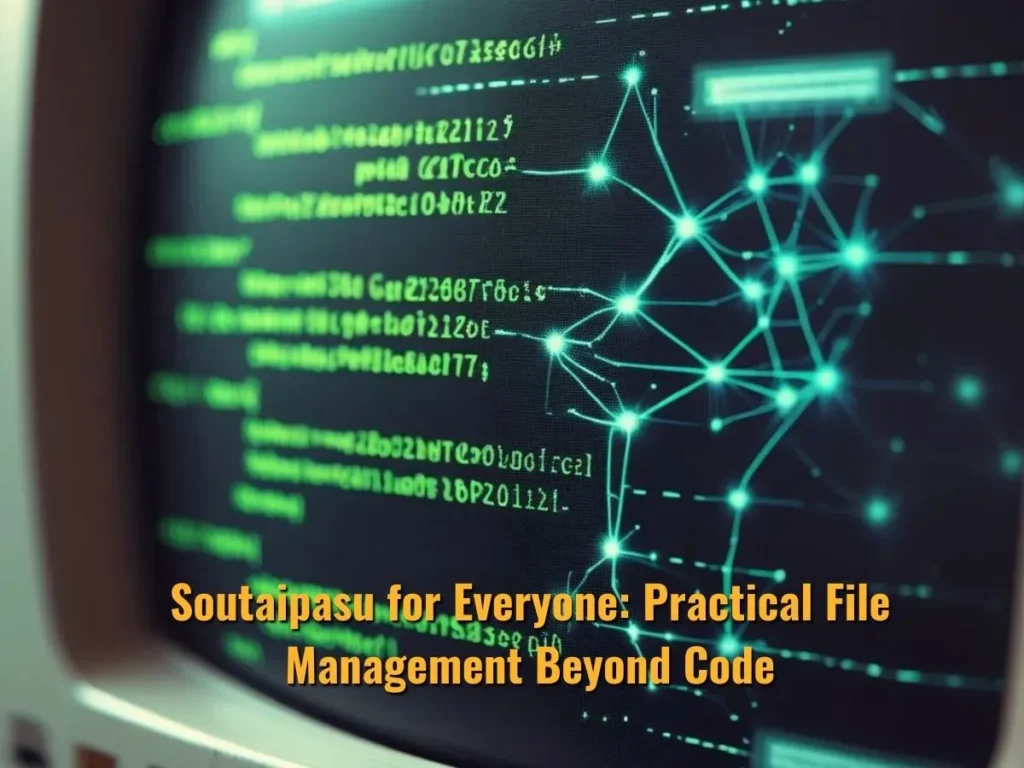
The principles of Soutaipasu do not cater solely to programmers. Whether you are a graphic designer, a student, or a writer, they present a powerful way to organize your digital life. Applying relative paths to your projects allows for greater file portability and ease of management than you have currently. This improves your workflow and increases efficiency in daily tasks.
Say, an example is a student writing a research paper. Instead of linking images from a random folder on their desktop, they would place all relevant materials, including the paper, pictures, and notes, in a single folder with an organized structure, so that all internal links in the paper will be relative. Hence, moving the entire folder or even giving it to a professor would be effortless, with no broken links. Easy to do, it saves so much frustration and awkwardness.
How to Organize Projects with Relative Paths:
- Create a Master Folder: Put all project-related materials inside one main folder.
- Use Subdirectories: Organize files into sub-folders like images, documents, or data.
- Link Relatively: Make sure all links to files within the project use a relative path, like images/diagram.png, not a complete address.
This is a convenient method of keeping everything together. As such, it makes project sharing and transferring to a new hard drive very easy, and provides intelligent file management for anyone who works with various digital content.
Conclusion
Soutaipasu is pretty much the Japanese word for using relative paths, and forms a basic fundamental skill for anyone from file management to programming.
These really powerful ideas can give wings to your workflow, improve team collaboration, and certainly make a project much more reliable.
In fact, this will not only ensure that good code gets written; it also sets up a more effective and organized digital life.
So, the next time you start a project, start it with relative paths from the very beginning. This simple change will keep everything you do portable and free of frustration.
FAQs
What do you mean by Soutaipasu?
Soutai-pasu (相対パス) is a Japanese term for ‘relative path’ – a computing-related method for specifying the location of a file concerning the current directory.
What is the primary distinction between the two, Soutaipasu and Zettaipasu?
The big difference is that the former deals with relative paths, something that is naturally contextual and changes from context to context. In contrast, the latter deals with absolute paths, something fixed that never changes.
Why use Soutaipasu for file management?
Use Soutaipasu to enhance portability for your projects, ease collaboration with others, and avoid broken file links during project relocation or sharing.
Is Mindset General reply-type Soutaipasu limited to programming?
Yes, it can be extended beyond programming, being another viable method for managing files in project design, backup, and sharing arrangements.
How is a Soutaipasu related to culture?
Soutaipasu, in Japanese culture, operates as a metaphor of the thought whereby the identity of an individual story, the meaning of the story, or the nature of a relationship is not fixed but shaped as per context and connections.
